Disclosure: This article contains affiliate links. We may earn a commission from purchases at no extra cost to you, which helps our travel content.
There's something magical about Portugal that speaks to both my German precision and my adopted American sense of adventure. Having traversed this stunning country three times now, I've refined what I consider the perfect 10-day journey between its two crown jewels: Lisbon and Porto. Wie wunderbar it is to experience a country where craftsmanship still reigns supreme, from the azulejo tiles that document history to the efficient yet unhurried flow of daily life that reminds me of a perfectly optimized supply chain—each element working in harmony to create something greater than the sum of its parts.
Lisbon: Where Architectural Time Travel Begins
My journey always begins with three full days in Lisbon, a city that reminds me of a well-designed distribution network—each neighborhood connected yet maintaining its distinct character. The Alfama district, with its labyrinthine streets, represents the beautiful inefficiency that sometimes trumps logic; its charm lies precisely in getting lost.
I start each morning with pastel de nata and espresso at Manteigaria (Time Out Market location), where the production process visible through glass reminds me of the transparent supply chains we strive for in my professional world. By mid-morning, I'm usually exploring the architectural marvels of Belém, where the Jerónimos Monastery showcases Manueline architecture—Portugal's answer to late Gothic—with nautical elements that speak to the country's seafaring history.
For architectural photographers, the afternoon light at Praça do Comércio creates a golden stage where the yellow façades seem to absorb and reflect sunlight in equal measure. I've captured some of my best architectural shots using my tripod mount which stabilizes my phone for those perfect golden hour compositions without carrying heavy equipment.
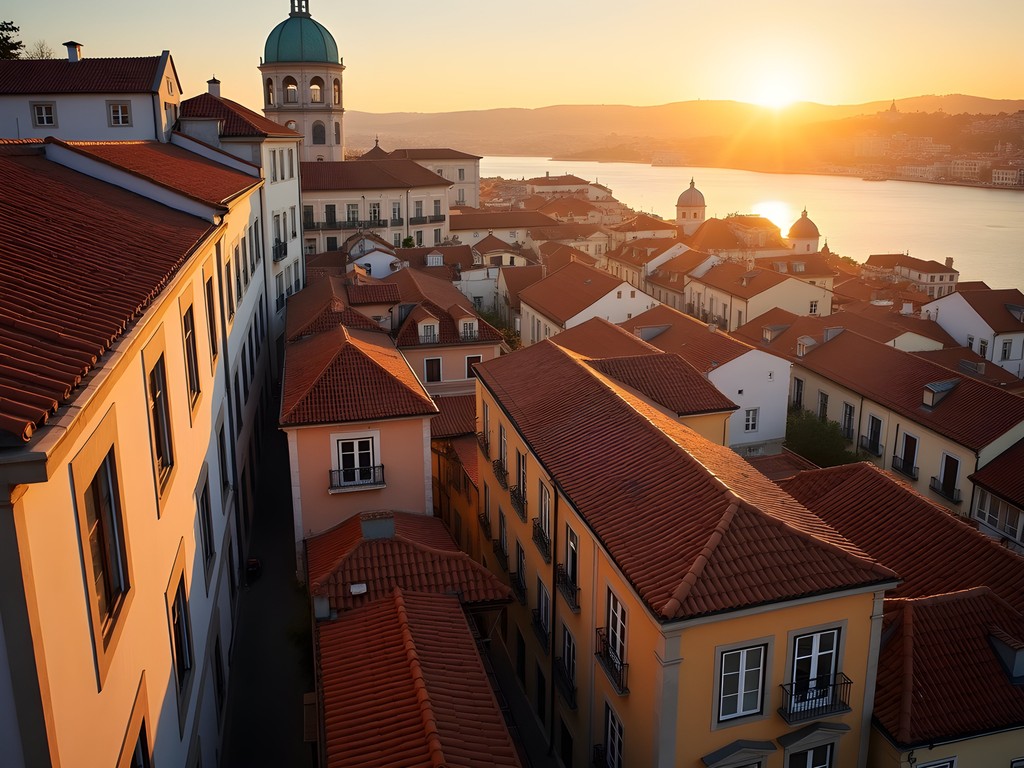
💡 Pro Tips
- Visit Lisbon's LX Factory on Sunday for the creative market and impressive adaptive reuse of industrial architecture
- Take tram 28 early morning (before 8am) to avoid crowds while enjoying the historic route
- For the best city panorama, skip the crowded São Jorge Castle and head to Senhora do Monte viewpoint instead
Sintra: A Day Trip into Architectural Fantasy
No journey between Lisbon and Porto is complete without dedicating a full day to Sintra, just 40 minutes from Lisbon by train. As someone who grew up with the practical Bauhaus influences of modern Frankfurt, Sintra's romantic architecture feels like stepping into a fairy tale that defies German rationality—and that's precisely why I love it.
Pena Palace, with its vibrant yellows and reds, represents the Romanticist architecture at its most expressive. The contrast between this colorful extravagance and the stone solidity of the Moorish Castle on the adjacent hill creates a perfect architectural dialogue across centuries.
After years of visiting, I've learned to arrive at Pena Palace before 9am, then work my way down to the Moorish Castle, and finally to Quinta da Regaleira in the afternoon. This route optimizes your time and energy—much like an efficient supply chain—and avoids the worst of the crowds.
For exploring Sintra's extensive grounds, comfortable footwear is essential. My hiking shoes have proven perfect for navigating the uneven stone paths while providing enough support for a full day of exploration. I also never visit without my insulated water bottle which keeps water cold throughout the day and uses UV-C LED technology to purify water—a game-changer for long days of sightseeing.
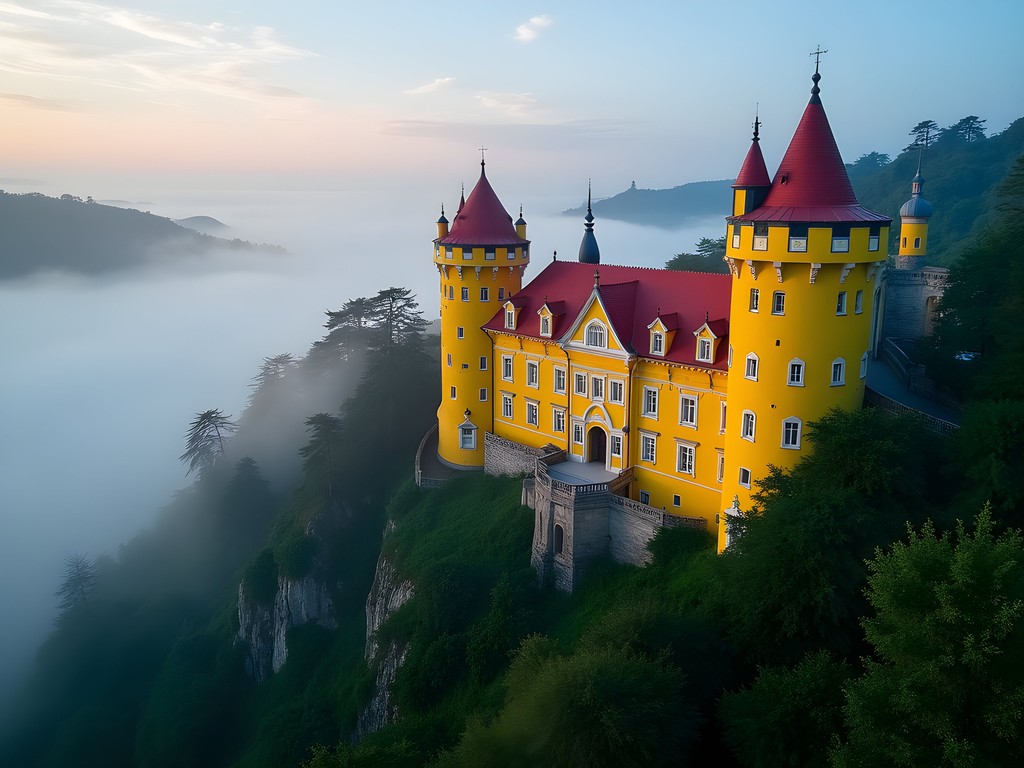
💡 Pro Tips
- Purchase Pena Palace tickets online and arrive before 9am to beat tour buses
- Don't miss the initiation well at Quinta da Regaleira—a spiral staircase representing Dante's Inferno
- Pack a light lunch to enjoy in the gardens rather than waiting in restaurant lines
Óbidos to Coimbra: The Central Corridor
After Lisbon and Sintra, I typically rent a car for the journey northward. Effizienz ist alles—efficiency is everything—but in Portugal, the journey itself deserves time. The medieval walled town of Óbidos makes for a perfect half-day stop, where the complete preservation of its defensive walls reminds me of supply chain resilience—systems built to withstand challenges over time.
The narrow main street lined with ginjinha cherry liqueur shops offers the perfect opportunity to sample Portugal's sweet specialty, traditionally served in chocolate cups. As someone who appreciates craftsmanship, I'm always drawn to the bookshop Igreja de Santiago, where an 13th-century church has been thoughtfully converted into a stunning bookstore without compromising its architectural integrity.
Pushing northward, I dedicate a full day to Coimbra, home to one of Europe's oldest universities. The Biblioteca Joanina, with its baroque splendor and colony of bats that protect the books from insects at night, represents the perfect integration of natural and human systems—something I think about often in supply chain management.
For architectural photography in these historic buildings where tripods are often prohibited, I rely on my camera stabilizer which allows for longer exposures even in low-light conditions without introducing camera shake.
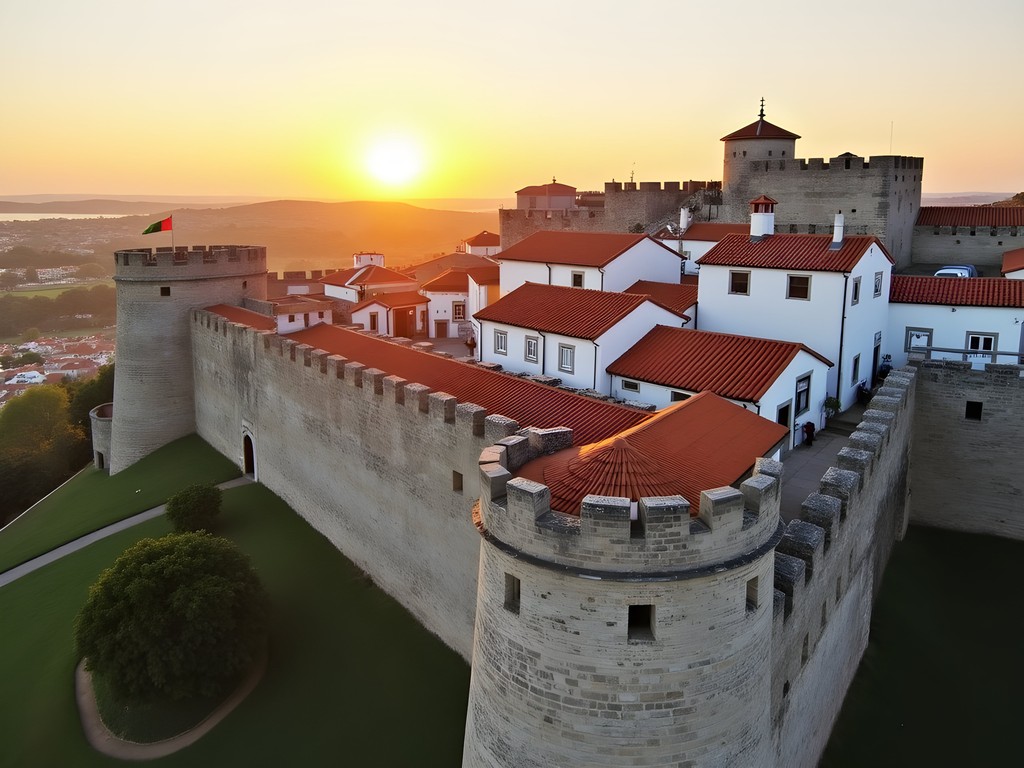
💡 Pro Tips
- Stay overnight in Óbidos to experience the medieval town after day-trippers leave
- Book Biblioteca Joanina university library tickets at least one day in advance
- Park outside Coimbra's historic center and use the funicular to reach the university area
Aveiro and Costa Nova: Portugal's Colorful Interlude
Before reaching Porto, I always make time for Aveiro—Portugal's answer to Venice—and the nearby Costa Nova beach with its distinctive striped houses. As someone who grew up in Frankfurt's monochromatic cityscape, these vibrant stripes (palheiros) represent a joyful approach to architecture that prioritizes visual identity and wayfinding—concepts I appreciate both professionally and aesthetically.
Aveiro's canals offer a different perspective on Portuguese urban planning, where water becomes an integral part of the transportation network. A 45-minute moliceiro boat tour provides not just beautiful views but insights into how the city evolved around salt production and fishing—another example of how geography shapes infrastructure, much like in modern logistics.
The salt flats outside town are particularly photogenic in late afternoon light, when the geometric patterns of the evaporation ponds create natural compositions that appeal to my German sense of order. For these landscape shots, I use my polarizing filter which cuts glare from water surfaces and enhances the contrast between sky and clouds.
After photographing, I always stop at a local restaurant for caldeirada de enguias (eel stew)—a reminder that regional cuisine is often the most authentic expression of a place's connection to its environment and supply systems.
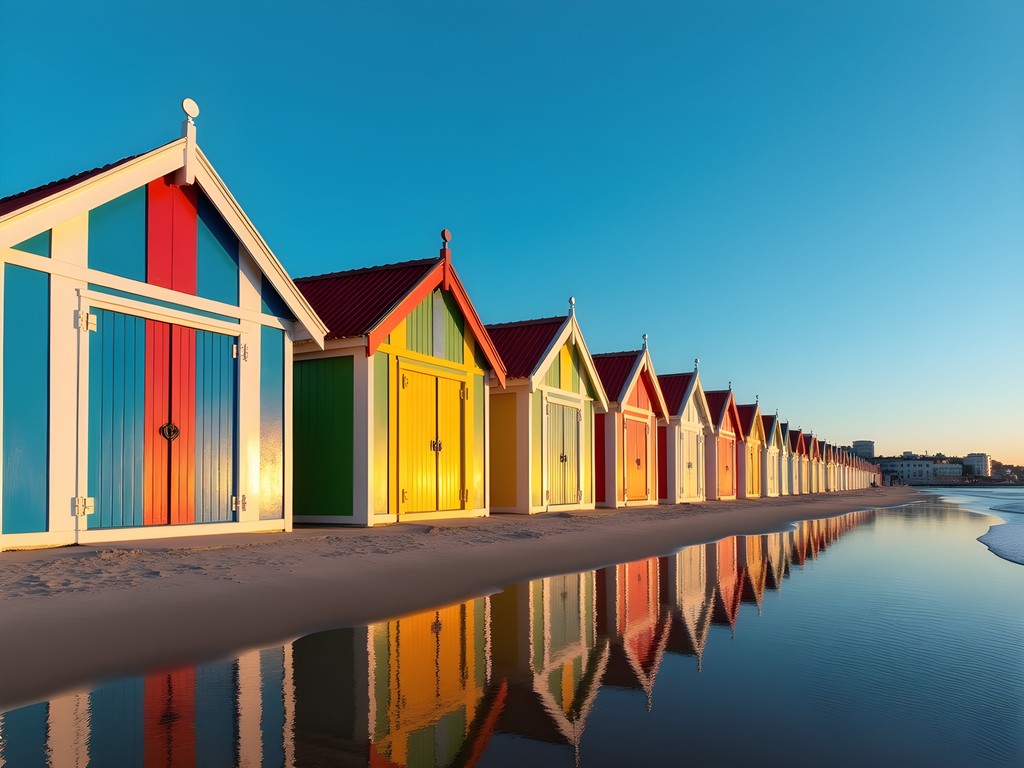
💡 Pro Tips
- Visit Costa Nova in the evening when day visitors have left and the striped houses catch the sunset light
- Book a guided tour of Aveiro's salt pans to understand the traditional salt production methods
- Try ovos moles pastries, Aveiro's signature sweet made by local nuns for centuries
Porto: Architectural Poetry in Stone and Steel
My journey culminates with three full days in Porto, where I find the perfect synthesis of old and new, much like my own cross-cultural identity. The Ribeira district, with its colorful façades cascading down to the Douro River, exemplifies organic urban development—each building adapting to topography rather than forcing the landscape to conform to human design.
As someone passionate about bridges, Porto offers a masterclass in spanning structures. The Dom Luís I Bridge, designed by a student of Gustave Eiffel, demonstrates how 19th-century engineering created solutions that remain relevant today. I always walk across both levels—the lower for the riverside perspective and the upper for panoramic views that reveal Porto's vertical city structure.
For wine enthusiasts, crossing to Vila Nova de Gaia for port wine tasting is essential. I recommend Graham's for their excellent tour that explains the entire supply chain of port production—from vineyard to bottle. The logistics of transporting wine from the Douro Valley historically shaped Porto's development, another example of how supply systems influence urban architecture.
For exploring Porto's steep streets comfortably, I swear by my travel daypack which distributes weight evenly while being compact enough for narrow medieval streets. For evening meals along the river, my packable jacket has proven perfect for Porto's microclimates, where temperatures can drop significantly after sunset even in fall.
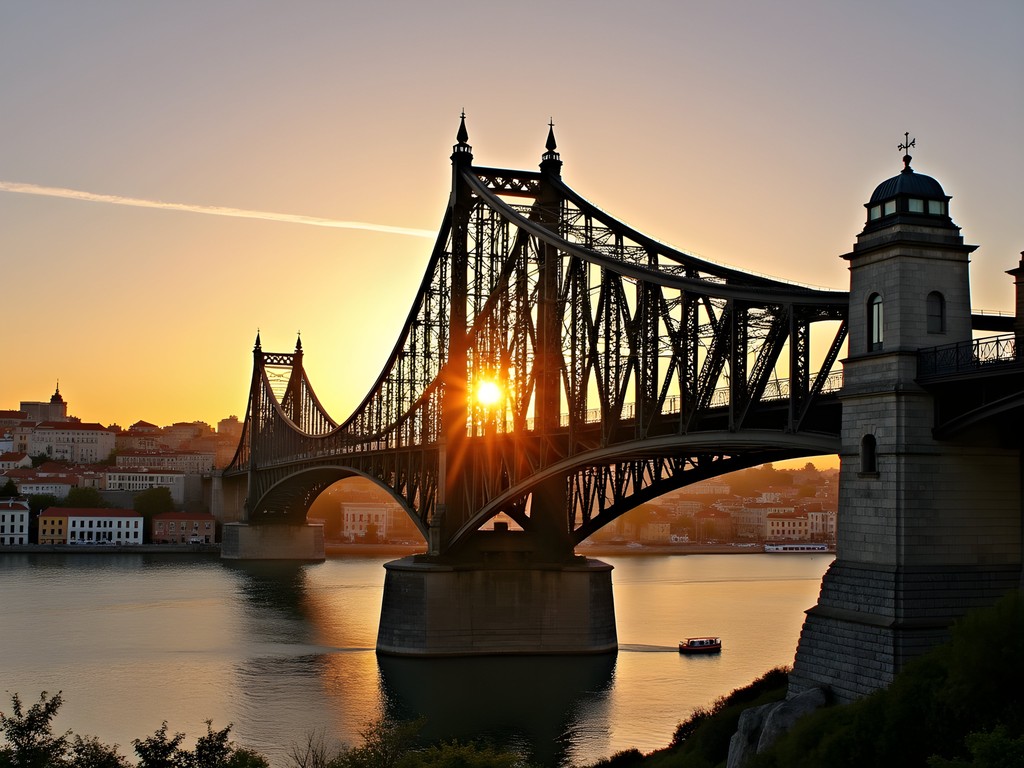
💡 Pro Tips
- Purchase Livraria Lello bookstore tickets online to avoid lines, but visit late afternoon when crowds thin
- Take the vintage tram #1 to Foz do Douro where the river meets the Atlantic for stunning sunset views
- Skip the tourist-heavy Majestic Café and instead try Café Guarany for authentic Porto café culture
Final Thoughts
This 10-day journey from Lisbon to Porto offers what I consider the perfect balance of urban exploration, cultural immersion, and architectural discovery. What fascinates me most about Portugal is how it embodies efficient systems while maintaining a deeply human approach to life—a lesson I've incorporated into both my professional work in supply chain management and my personal philosophy.
As someone who straddles two cultures, I find Portugal offers a beautiful middle ground between German precision and American openness. The Portuguese have mastered what I call funktionelle Schönheit—functional beauty—where practicality and aesthetics aren't competing forces but complementary aspects of good design.
Whether you're drawn to architectural photography, cultural exploration, or simply enjoying the remarkable food and wine, this Lisbon to Porto route delivers a comprehensive Portuguese experience that will leave you, as it does me every time, planning your return before you've even departed. Até a próxima vez, Portugal—until next time, Portugal.
✨ Key Takeaways
- Allow at least 10 days to properly experience the Lisbon to Porto corridor with key stops in between
- Visit Sintra early morning to avoid crowds and maximize your experience of its architectural wonders
- Balance urban exploration with coastal stops like Costa Nova for a comprehensive understanding of Portuguese culture
- Porto deserves at least three full days to explore its layered history, architecture, and culinary scene
📋 Practical Information
Best Time to Visit
September to October or April to June
Budget Estimate
€100-150 per day including mid-range accommodations, meals, and transportation
Recommended Duration
10 days minimum, 14 days ideal
Difficulty Level
Moderate (Involves Walking On Cobblestone Streets And Hills)

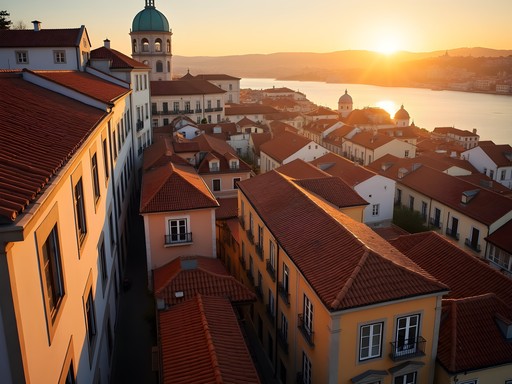
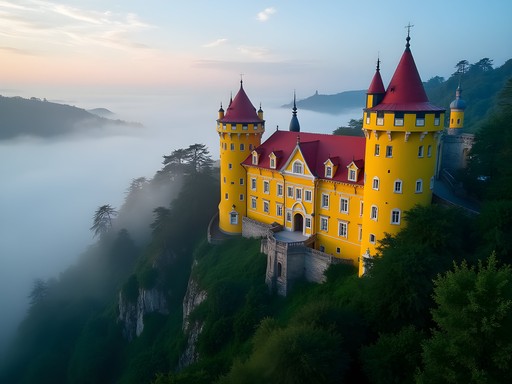
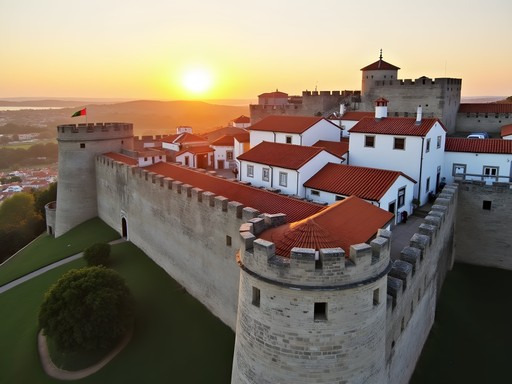

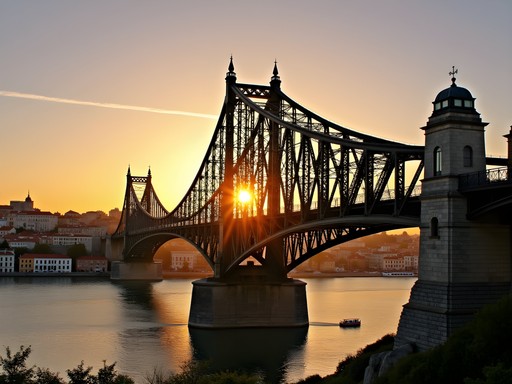



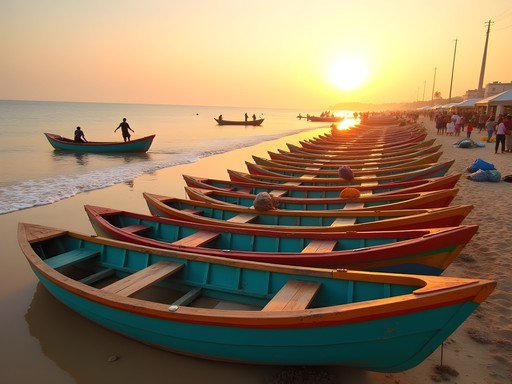

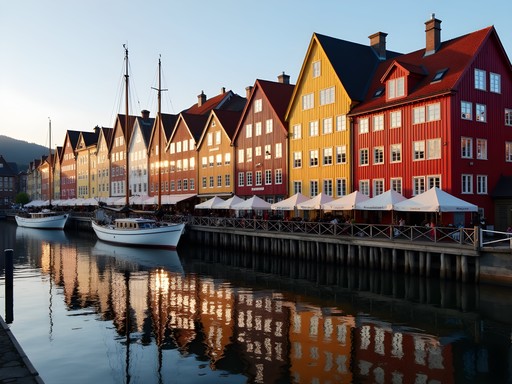
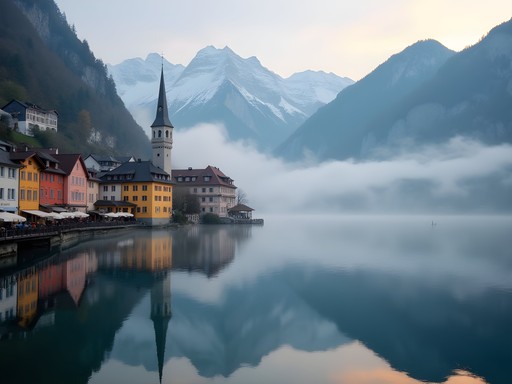
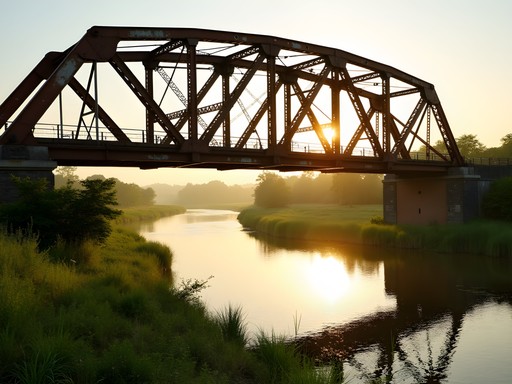
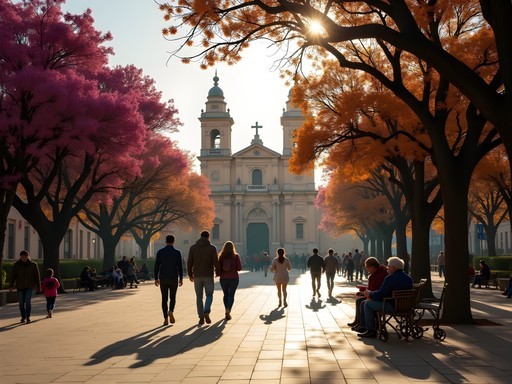

Comments
Hunter Thompson
Kyle, mate! Another banger of a guide. I'd add one suggestion for anyone following this route - consider a slight detour to Nazaré between Óbidos and Coimbra if you're traveling between October-March. Those massive waves are INSANE to witness in person. I stood there for hours just watching surfers tackle 60+ foot monsters. Not for the faint-hearted but absolutely worth it if you're into natural wonders. Also found some brilliant hostels along this route that were like €15/night with amazing social vibes for solo travelers.
moonace4571
Hunter - any specific hostel recommendations for Porto? My honeymoon plans fell through (long story 😭) but I'm still going solo!
Hunter Thompson
Sorry about your plans! But Porto solo is still amazing. Check out Yes! Hostel - great location, amazing breakfast and they do family dinners with unlimited wine. Met some of my favorite travel mates there!
backpackbuddy
Going there next month, any restaurant recommendations for Porto?
Kyle Hamilton
Definitely try Cantinho do Avillez for a modern take on Portuguese cuisine, and O Paparico for a more traditional but refined experience. For casual eating, the Bolhão Market is perfect for lunch!
winterzone4015
Just got back from following almost this exact route last month! Would add that the food scene in Porto blew me away - those little backstreet tascas serving francesinha sandwiches were life-changing. One tip for anyone going: we found staying in Alfama in Lisbon was magical but VERY hilly, so if mobility is an issue, maybe choose another neighborhood. I used my pocket guide constantly but Kyle's restaurant recommendations were spot on. That seafood place in Aveiro was exactly as described - amazing octopus rice!
smarttime
Just booked our flights after reading this!!! Can't wait to see those blue tiles in Porto! Anyone have hotel recommendations for Lisbon that won't break the bank?
summermood
We stayed at Lisbon Poets Hostel - they have private rooms too and the location in Chiado was perfect. Super clean and the breakfast was amazing!
smarttime
Thanks! Just checked it out and they have availability for our dates!
adventurousgrandma
Just got back from this exact route last month! Your itinerary is spot on. We spent an extra day in Porto and it was worth it. The food scene there is incredible - we did a food tour with Taste Porto and it was the highlight of our trip. One tip for others: October was perfect weather and way fewer tourists than summer months.
winterbuddy
Thanks for the October tip! Did you find most places still open or were some things closing for the season?
adventurousgrandma
Everything was open! Portugal has pretty mild weather year-round. Only the beaches were quieter, but that was actually nice.
hikingninja
Great post! Would this itinerary work well in December or is it better in warmer months? Thinking about a Christmas trip.
winterzone4015
I did Portugal last December and while it wasn't beach weather, it was perfect for exploring cities without the crowds. Lisbon and Porto were beautifully decorated for Christmas. Just bring layers - evenings get chilly!
hikingninja
That's exactly what I was hoping to hear! Thanks for the tip about layers.
travelwithme22
Those tiles in the Lisbon photo are gorgeous! Can't wait to see them in person.
summerchamp
Been there, done that, loved it! Your photos of Costa Nova are way better than mine though 😂
moonace4571
OMG this itinerary is exactly what I needed!!! Been planning our honeymoon for October and was struggling to figure out how many days to spend in each place. Your Sintra section convinced me to stay overnight instead of just doing a day trip from Lisbon. Those palaces look INSANE in your photos! Did you find it easy to get between all these places without renting a car? My husband hates driving in foreign countries lol
Hunter Thompson
Not OP but I did this route by train last year and it was super easy! The trains between Lisbon and Porto are frequent and comfortable. For Sintra you can just hop on the train from Lisbon. Definitely stay overnight in Sintra - it's magical when all the day-trippers leave!
moonace4571
Thanks Hunter! That's so helpful to know. Did you book train tickets in advance or just buy them there?
Hunter Thompson
I booked the longer ones (Lisbon-Coimbra-Porto) a few days in advance through the CP website, but for shorter trips like to Sintra you can just buy tickets at the station. Super easy!
Megan Martin
Kyle, this is such a well-crafted itinerary! I did a similar route last year for a business conference in Lisbon but extended to Porto afterward. I'd add that Sintra deserves more than a day if possible - I barely scratched the surface in my rushed visit. The crowds at Pena Palace were intense by 11am, so I'd recommend getting there right when they open. Also, for anyone going to Porto, don't miss a sunset river cruise on the Douro - it gives you a completely different perspective of the city and its bridges. I used my pocket guidebook constantly throughout the trip. When are you heading back next?
Kyle Hamilton
Great points about Sintra, Megan! The early morning tip is gold - I should have emphasized that more. I'm actually planning to return in May to explore the Algarve region. Have you been?
Megan Martin
Not yet to the Algarve, but it's high on my list! Looking forward to your insights when you go.
Venture X
Premium card with 2X miles, $300 travel credit, Priority Pass